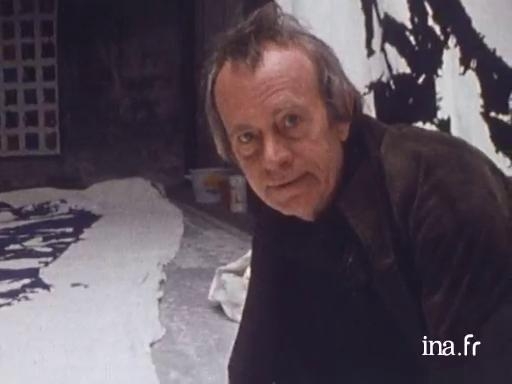Simon Hantaï

Information
Portrait of painter Simon Hantaï. In his studio, he shows his paintings - done on huge canvases - and he brings up his career, his projects, his pictorial theories.
Context
The Hungarian painter Simon Hantai, born in 1922, is an active artist who has brought a true reflection to the act of painting and the place of art at the end of the twentieth century. After joining the surrealists on his arrival in France in 1949, he split from them as others before him had, faced with the inflexibility of André Breton. The latter refusing to recognize the link between the action painting of Jason Pollock and automatic writing that aimed to impede reason and preconceived ideas from being expressed through quick and spontaneous writing. This gestural unpredictability, the rejection of traditional methods of expression formed the basis of Pollock's work, and then Hantai's.
Influenced elsewhere by the flat tints of Cézanne and Matisse's cut-outs, Simon Hantai would perfect his "pliage (folding) method" in 1960. The canvas, stripped of its stretcher, is folded, knotted then coated in paint before being stretched out to reveal itself, a real revelation to the eyes of its creator. At the beginning of the 1980s, while at the height of his fame, Hantai retired from the artistic scene for 15 years, and refusing to participate in the commercialism and institutionalism of artists. As a disillusioned situationist he deplored the lack of critical sense in his contemporaries, " they all worked for the embellishment of society. (...) Art has been neutralised, it has become something like a social service".




